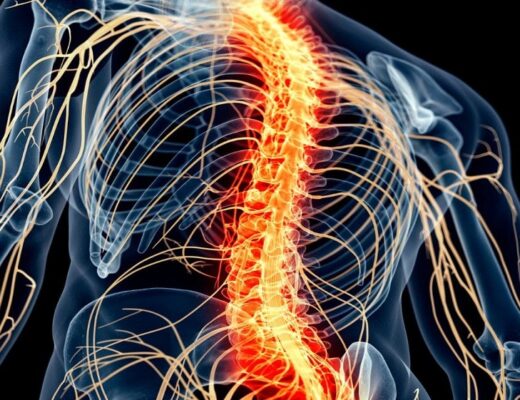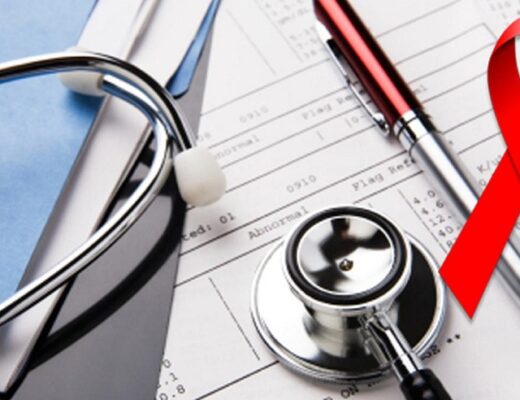Medical waste from healthcare facilities such as hospitals, dental, medical, and vet clinics can be hazardous and a cause of infectious diseases for human. To protect patients, medical staffs, and the community from these hazardous substances, regulated medical waste disposal is a must in all healthcare facilities.
Medical Waste: Why is It Harmful to People?
It is a potentially infectious material or substances that came from healthcare facilities such as hospitals and other physician offices. Below are the following types of medical waste that can be found in different healthcare facilities:

- Blood Products
- Sharps tools and devices
- Bandages, gloves, and other medical supplies
- Pathological or Anatomical
- Human feces or Urine specimen
- OPIMs
These pieces of medical equipment, tools, specimen, and devices can carry infectious diseases that can be harmful to people around or near the facilities.
Why Proper Medical Waste Disposal Should Be Prioritized?
- Environment – Following the proper medical waste disposal for healthcare facilities in North America like incineration aid to keep deadly and hazardous medical waste out of the sea and landfills
- Legal Responsibilities – Maintaining rules and regulations with health organization guidelines on how to manage and eliminate medical waste helps to lessen the facility’s legal liabilities
- Health – Appropriate method of collecting and disposing of medical waste aid to minimize the potential infection risk from contaminated tools and materials.
Proper Separation Medical Waste
There are various types of medical waste such as sharps and pharmaceuticals and because each of these wastes treated and disposed of differently, it also needs to be separated and collected in different trash bins or containers.
- Red Bag Disposal – it is designated only for biohazardous waste or also known as infectious waste. The following medical wastes are assigned for red bag disposal:
o Bandages, gauze, gloves, and gowns
o Blood soaked items
o Items with dried blood and fluids
o Cytotoxic waste
o Unused vaccines
o Unused surgical tools and equipment
o Pathological waste
- Yellow Bag Disposal – it is used for chemotherapy waste (materials that are used or empty) which includes the following:
o Gowns, gloves, and aprons
o Used wipes
o Used IV bags and tubing
o Used syringes and needles
o Used ampules and vials
- Black Bag Disposal – it is also used for chemotherapy waste, but waste that’s not empty or commonly known as “bulk” waste such as
o PPE and cleaning materials
o Pathological chemo waste
o Partially used bags, vials, and IV tubing
o Half or partial medication doses
o P-listed containers
- Blue Bag Disposal – it used for pharmaceutical wastes that are most commonly defined as hazardous. Below are the following hazardous chemical wastes:
o Expired or unused pills and injectable
o Powders
o Lindane
o Cyclophosphamide
o Nicotine
o Warfarin
- Sharp Tools and Equipment Disposal – this is the most common type of medical waste since they’re used in several places for different reasons. These sharp wastes need to be separately disposed in different containers at facilities like:
o Pharmacies
o Physical offices
o Nursing Homes
o Residential Homes
o Rehabilitation Centers
o Urgent Care Facilities
o and Hospitals
Once trash bins in each category are full, these wastes need to be disposed and destroyed properly in different various disposal methods such as irradiation, autoclaving, and incineration.



